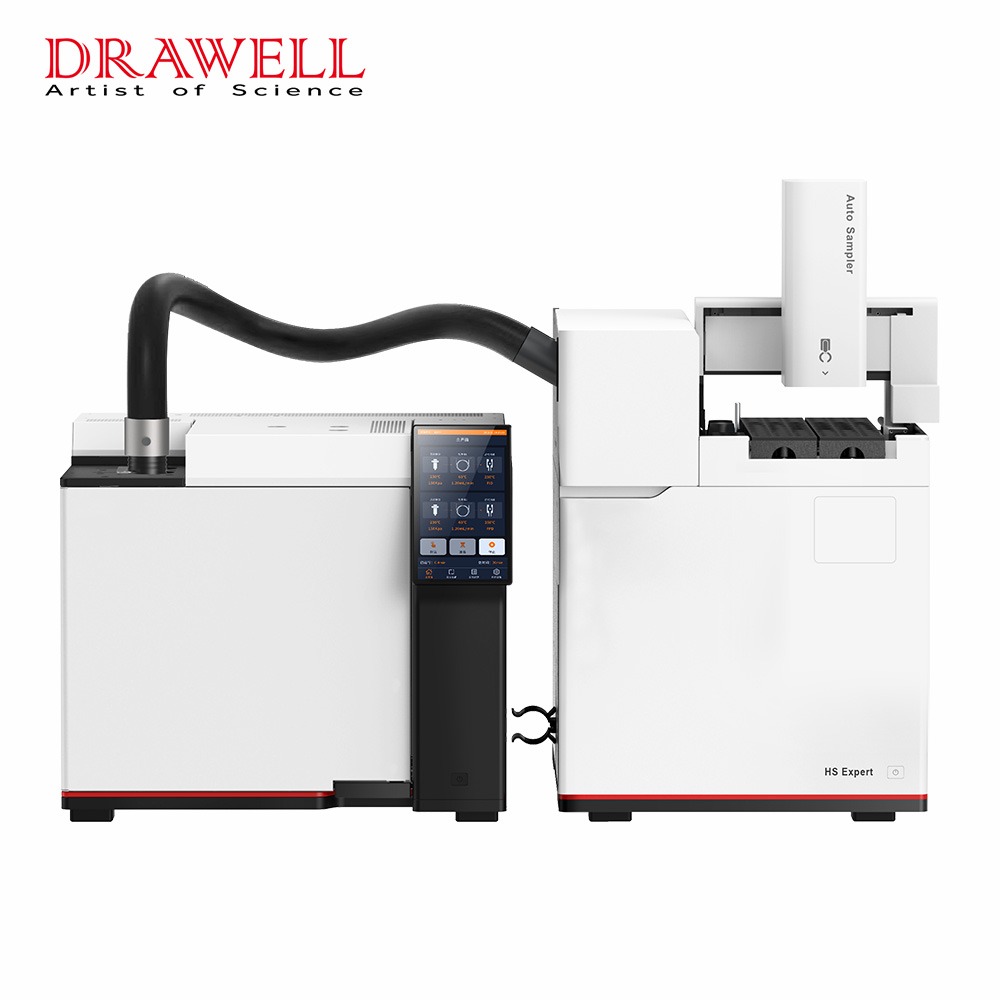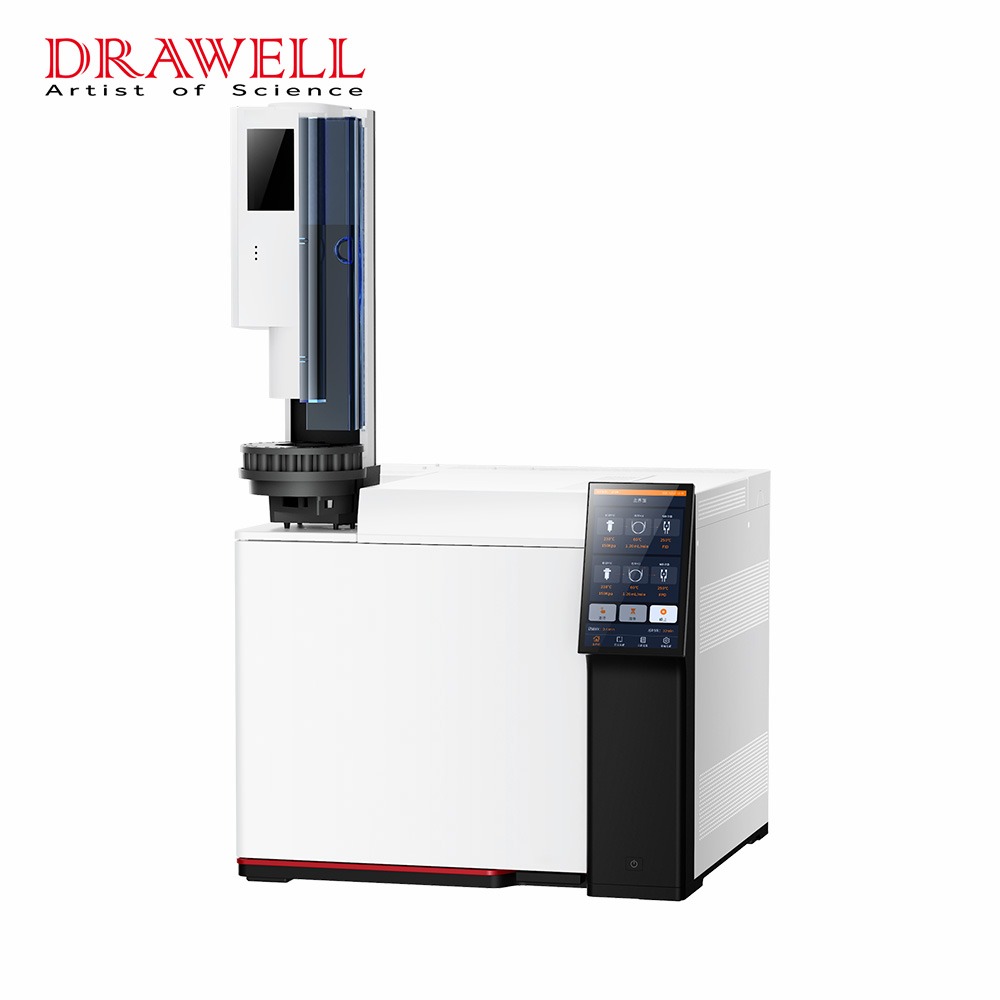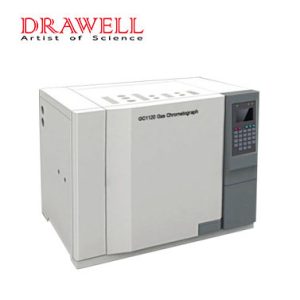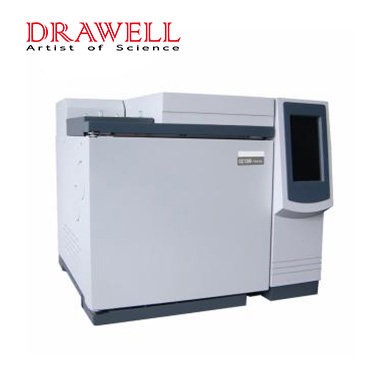To analyze evidence, forensic science employs a wide range of analytical techniques. Gas chromatography (GC) is a powerful tool in the arsenal of forensic scientists, allowing for the separation and identification of complex mixtures found at crime scenes. In this article, we explore the applications and significance of gas chromatography in forensic science, delving into its role in solving crimes and ensuring justice.
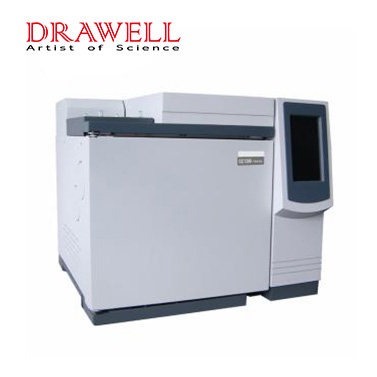
Key Applications of Gas Chromatography in Forensic Science
Gas chromatography has numerous applications in forensic science, where it plays an important role in the analysis of various types of evidence. Because of its ability to separate and identify complex mixtures of volatile compounds, it is a valuable tool in solving crimes, identifying substances, and contributing to the overall investigative process.
1. Drug Analysis
Gas chromatography is essential in drug analysis in forensic science. By separating and identifying the components of seized substances, forensic chemists can determine the presence of illicit drugs in samples such as powders, pills, or biological fluids. The sensitivity and precision of gas chromatography make it an indispensable tool for quantifying drug concentrations, aiding in legal proceedings.
2. Arson Investigations
Identifying the accelerants used to start fires is critical for investigators in arson cases. Gas chromatography is used to analyze fire debris, such as accelerant residues. Because of GC’s separation capabilities, forensic scientists can identify specific compounds associated with accelerants, providing critical evidence to determine the cause of a fire.
3. Toxicology
Gas chromatography is widely used in toxicology to detect the presence of drugs, alcohol, or poisons in biological samples such as blood or urine. In cases involving suspicious or unexplained fatalities, forensic toxicologists use GC to separate and quantify these substances, assisting in determining the cause of death.
4. Explosives Analysis
Gas chromatography is useful in the analysis of explosive residues in forensic investigations involving explosions or bombings. By examining debris and residues left at a crime scene, forensic scientists can identify the types of explosives used, providing crucial information for law enforcement agencies.
5. Forensic Chemistry
Gas chromatography is a versatile technique in forensic chemistry, used to analyze a wide range of samples, including fibers, paints, and gunshot residues. By identifying unique chemical profiles in these materials, forensic scientists can link evidence to specific sources, aiding in the reconstruction of events and providing valuable information for criminal investigations.
6. Identification of Unknown Substances
When investigators come across unknown substances at a crime scene, gas chromatography can be employed to identify the chemical composition of these substances. The technique allows forensic scientists to analyze the volatile components of the unknown material and match them against known reference standards in databases.
7. Forensic Breath Analysis
Forensic investigators use GC to analyze breath samples for alcohol content in cases involving driving under the influence (DUI). The separation of alcohol compounds in exhaled breath allows for precise quantification, which is useful in legal proceedings.
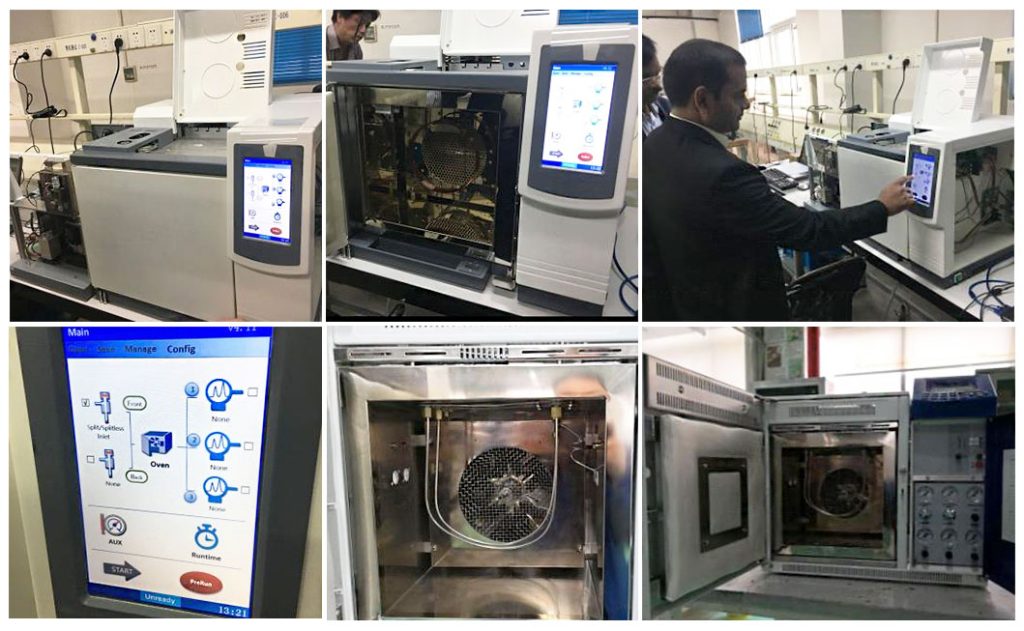
Benefits of Gas Chromatography in Forensic Science
Because of its versatility, precision, and ability to analyze a wide range of substances, gas chromatography has become a cornerstone in forensic laboratories, significantly contributing to the investigation and resolution of criminal cases.
- High Sensitivity and Selectivity
Because of its high sensitivity, gas chromatography can detect trace amounts of compounds in complex mixtures. Its selectivity ensures accurate identification even when interfering substances are present, increasing the reliability of forensic analyses.
- Quantitative Analysis
In forensic investigations, the ability of gas chromatography to provide quantitative data is critical. Whether determining drug concentrations or analyzing blood alcohol levels, the quantitative capabilities of GC contribute to the accuracy of forensic findings.
- Rapid Analysis
Gas chromatography provides rapid analysis, making it well-suited for forensic laboratories where timely results are essential. The efficient separation of compounds within minutes or hours allows forensic scientists to quickly assess evidence and contribute to the investigative process.
- Versatility
Gas chromatography is a versatile technique that can be used for a variety of forensic analyses. Its adaptability enables forensic scientists to address a wide range of challenges, from drug identification to explosive residue analysis, and it has become a standard in forensic laboratories around the world.
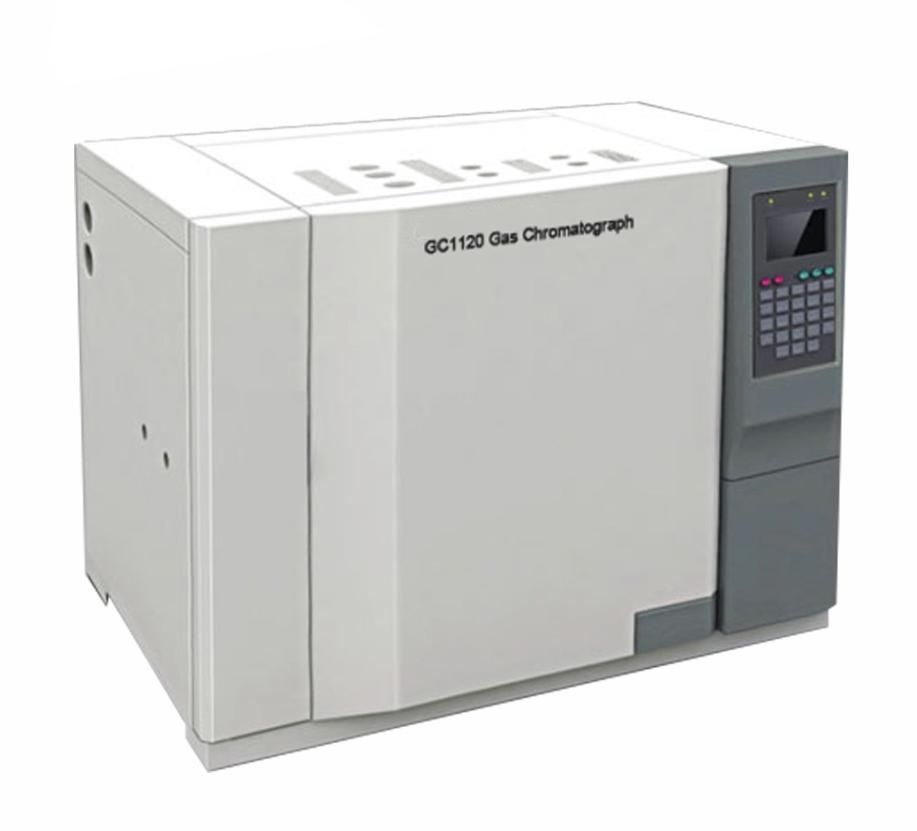
Conclusion
Gas chromatography is an indispensable tool for forensic laboratories, from drug analysis to arson investigations, thanks to its sensitivity, selectivity, and versatility. As forensic science progresses, gas chromatography remains at the forefront, solving mysteries and ensuring justice is delivered with precision and scientific rigor.

